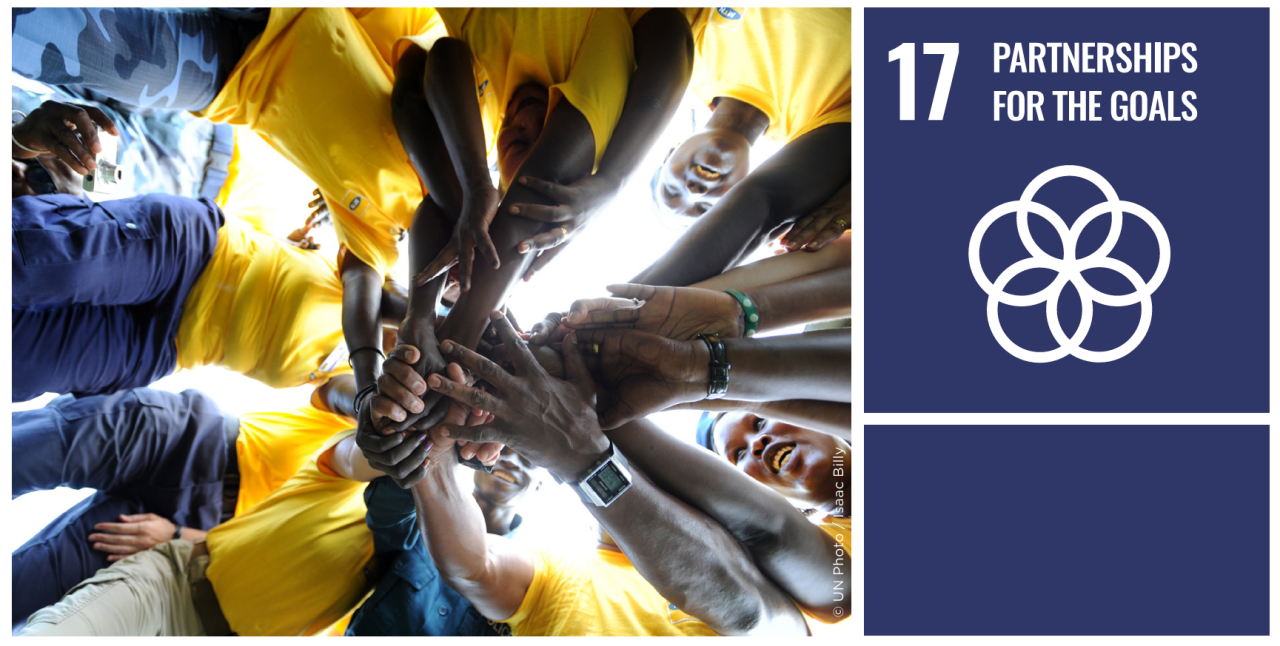
Water Conservation: 7 Simple Ways to Save Water at Home and in Your Business
Water is one of our most precious resources, yet it is often wasted without thought. ...

The Official Development Aid (ODA) fell $143 billion short of the Sustainable Development Goal 17 target, according to a new report by the UN Global Crisis Response Group entitled “Aid under pressure” analyses the shifts in ODA.
Over 70 developing countries, including 24 least developed countries and 15 small island developing states, suffered ODA declines. The affected countries are home to more than 2.9 billion people.
Despite reaching record levels in 2022, ODA decreased by $4 billion for developing countries, marking a 2% drop.
In 2022, members of the Development Assistance Committee (DAC) devoted just 0.37% of their gross national income (GNI) to ODA. Had they met the SDG 17.2 aid target of 0.7%, they could have almost doubled aid inflows to developing countries.
For millions of people, ODA means having electricity, medical care and food on the table. It means an opportunity for a better future.
ODA, also referred to as aid, is the most stable and predictable source of external financing for developing countries, especially in times of crisis. But international crises leave visible marks on it, generating new demands and reshuffling priorities.
The world’s least developed countries (LDCs) were severely affected by the challenging aid landscape.
In 2022, aid flows to LDCs declined by 4%, falling to $62 billion. This followed an 8% decrease the previous year. The drop is steeper than for other developing countries, where aid peaked in 2021 and fell by 2% the following year.
As a result, LDCs’ share of global ODA decreased to 22% in 2022, the lowest share in over a decade.
Aid is also increasingly provided through concessional loans rather than grants, increasing developing country debt burdens at a time of growing distress.
Some 3.3 billion people – almost half of humanity – live in countries that spend more on debt interest payments than on education or health.
Between 2021 and 2022, ODA grants to developing regions fell by 8% to $109 billion, while loans increased by 11% to $61 billion. In 2022, grants represented 63% of total ODA. This was the smallest share in two decades, except the first year of the COVID-19 pandemic (62%).
The shift to loans is seen in every developing region. Over the past decade, the share of loans in total ODA more than doubled for Latin America and the Caribbean, to 49% in 2022. It also increased to 40% for Asia and Oceania and to 29% for Africa.
The world must ensure that aid does not falter when countries need it most.
اترك تعليقا